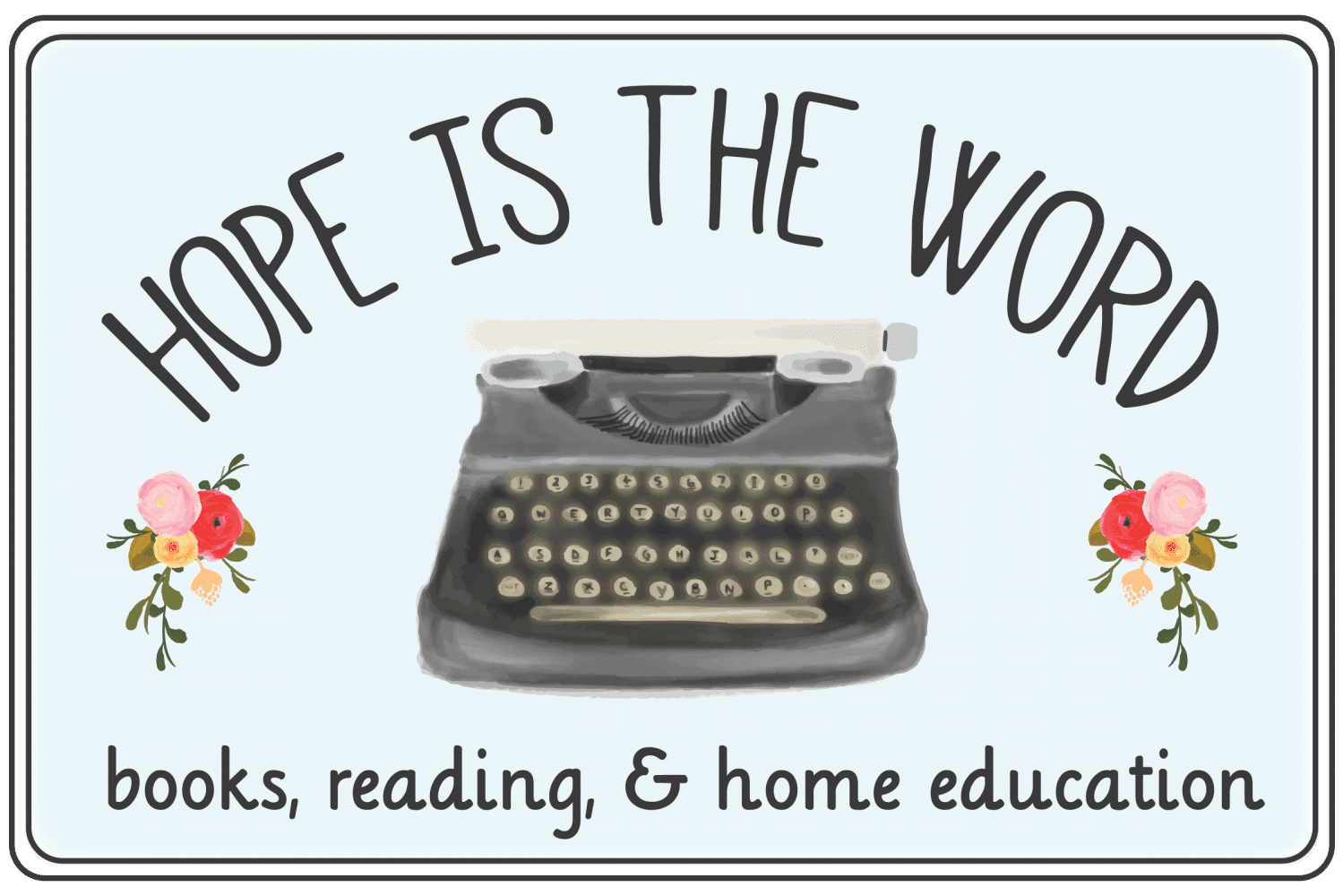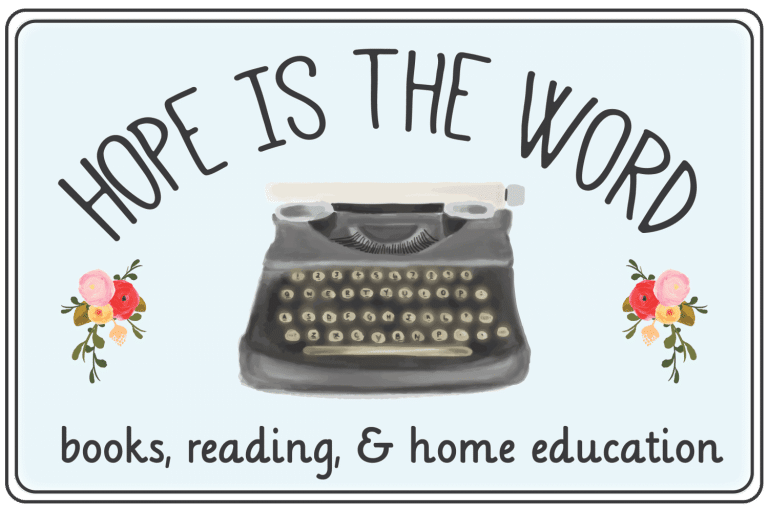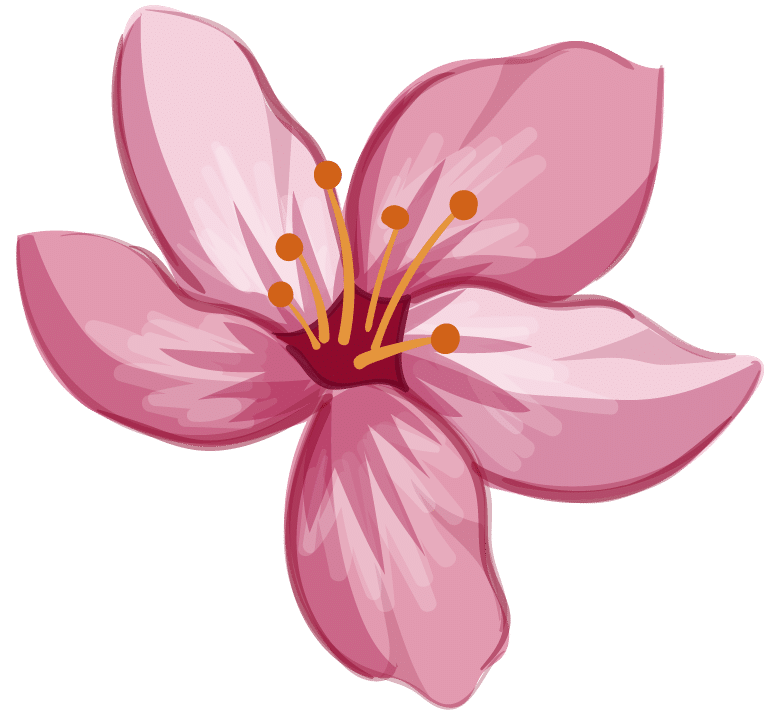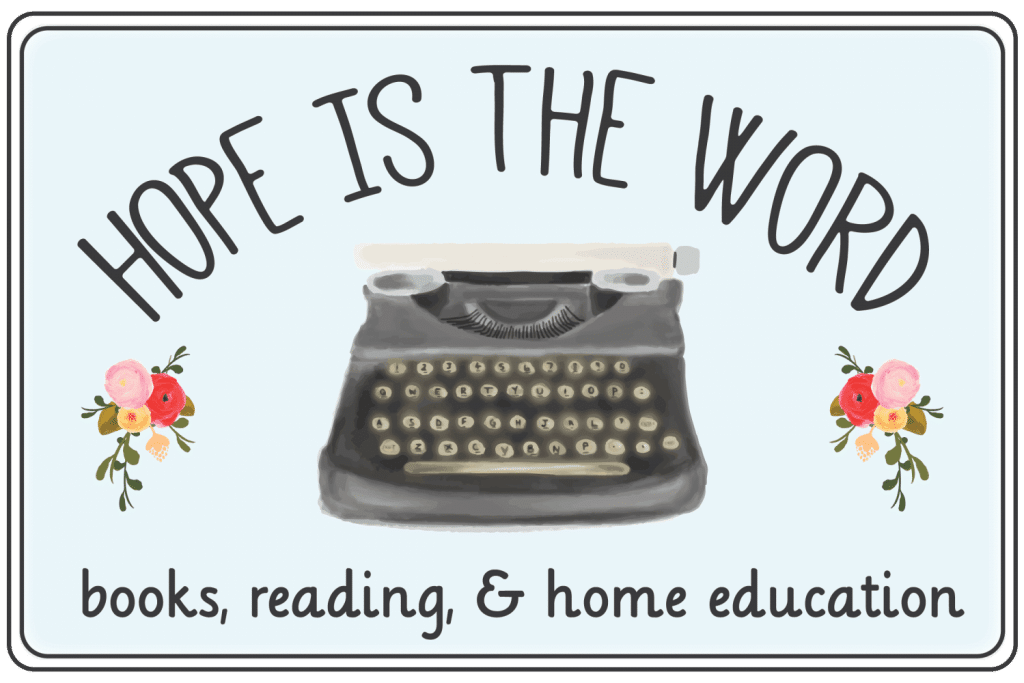In the realm of poetry, there exists a rich tapestry of tradition and established rules that have guided writers for centuries. However, there is also a growing movement that seeks to break free from these constraints and embrace experimental poetry. This form of creative expression pushes the boundaries of what is considered conventional, allowing poets to explore new realms of language, form, and meaning. In this article, we will delve into the world of experimental poetry, exploring its origins, techniques, and the impact it has on both poets and readers.
The Origins of Experimental Poetry
Experimental poetry can trace its roots back to the early 20th century, when poets such as Ezra Pound, T.S. Eliot, and William Carlos Williams began to challenge the traditional forms and structures of poetry. These poets believed in the power of language and sought to push its boundaries through innovative techniques, such as fragmentation, juxtaposition, and free verse.
Breaking Free from Conventional Form
One of the defining characteristics of experimental poetry is its rejection of traditional poetic form. Unlike traditional poetry, which often adheres to strict rules of rhyme, meter, and structure, experimental poetry allows for a greater sense of freedom and exploration. Poets are not bound by the limitations of form, allowing them to experiment with unconventional line breaks, spacing, and even the arrangement of words on the page.
Exploring Language and Meaning
Experimental poetry also challenges conventional notions of language and meaning. Poets in this genre often play with words, employing techniques such as wordplay, neologisms, and non-linear narratives to create layers of meaning and evoke emotional responses from readers. By breaking the rules of grammar and syntax, experimental poets invite readers to engage with language in new and unexpected ways.
The Impact on Poets and Readers
For poets, embracing experimental poetry can be a liberating and transformative experience. It allows them to push the boundaries of their own creativity and explore new avenues of self-expression. By breaking free from the constraints of traditional form and structure, poets are able to tap into their innermost thoughts and emotions, producing work that is raw, authentic, and deeply personal.
Readers, too, are impacted by experimental poetry. It challenges them to approach language and meaning in a different way, inviting them to actively participate in the process of interpretation. The unconventional nature of experimental poetry can be both exciting and perplexing, as readers navigate through the layers of meaning and explore the nuances of language. It encourages a deeper engagement with the text, as readers are required to actively construct meaning rather than passively consuming it.
Embracing the Unconventional
While experimental poetry may not be for everyone, its significance cannot be overlooked. It serves as a catalyst for innovation and pushes the boundaries of what is considered possible within the realm of poetry. By embracing the unconventional, poets can tap into new realms of creativity and challenge societal norms. In doing so, they contribute to the evolution of the art form, ensuring its relevance and vitality in the modern world.
Pushing Creative Boundaries
In conclusion, experimental poetry offers a refreshing departure from traditional forms and structures. It challenges poets to think outside the box, pushing the boundaries of language, form, and meaning. By embracing experimental poetry, both poets and readers have the opportunity to engage with language in new and exciting ways. So, let us break free from the constraints of convention and embrace the world of experimental poetry, where creativity knows no bounds.



